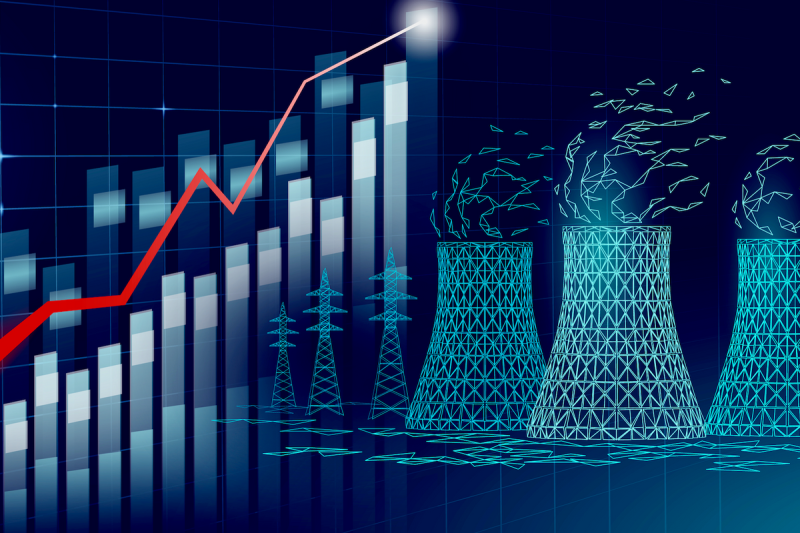The United States Plans to Triple Nuclear Power Capacity by 2050
The United States government has unveiled ambitious plans to triple the country’s nuclear power capacity by the year 2050. This significant increase in nuclear energy production is part of a broader strategy aimed at reducing greenhouse gas emissions and addressing the growing demand for clean and reliable energy sources.
Nuclear power has long been touted as a viable alternative to fossil fuels due to its low carbon emissions and high energy output. With an increasing focus on combating climate change, many countries around the world are turning to nuclear power as a key component of their energy mix.
The United States currently operates around 93 commercial nuclear reactors, which collectively provide approximately 20 percent of the country’s electricity. The plan to triple nuclear power capacity by 2050 would require significant investment in the construction of new nuclear reactors and the upgrading of existing facilities.
One of the main challenges facing the expansion of nuclear power in the United States is public perception and concerns over safety. The memory of high-profile nuclear accidents such as Three Mile Island, Chernobyl, and Fukushima has left a lasting impact on public opinion regarding nuclear energy.
However, proponents of nuclear power argue that modern reactors are much safer and more efficient than their predecessors. Advanced technologies such as passive safety systems, modular designs, and small modular reactors are being developed to enhance the safety and reliability of nuclear power plants.
In addition to safety concerns, the nuclear industry also faces challenges related to cost and regulatory hurdles. Building new nuclear reactors is a costly and time-consuming process, requiring significant upfront investment and lengthy approval processes.
To overcome these challenges, the United States government is considering a range of policy measures to support the expansion of nuclear power capacity. This includes providing financial incentives, streamlining regulatory processes, and investing in research and development to drive innovation in nuclear technology.
Furthermore, the government is exploring partnerships with the private sector to encourage investment in nuclear energy infrastructure. Public-private collaborations could help accelerate the deployment of new nuclear reactors and reduce the financial burden on taxpayers.
In conclusion, the United States’ plans to triple nuclear power capacity by 2050 represent a significant step towards a more sustainable and secure energy future. While there are challenges to overcome, the potential benefits of expanding nuclear energy production are too significant to ignore. By leveraging technological advancements and fostering collaboration between government and industry, the United States can unlock the full potential of nuclear power as a clean and reliable energy source for generations to come.

